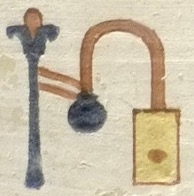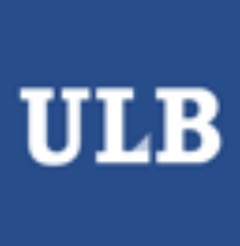



This page displays details of the selected Monument. Click on the Monument number to list all individual signs ("occurrences") recorded from that object or structure.
Monument : Atet
Period : Dynasty III
Reign(s) : Huni (?)
High Date : 2637
Low Date : 2613
Monument type : Mastaba
Localisation or provenance : Maidûm.
References : PM IV, 93-94; Smith (1949, 366-382).
Atet was the wife of Nefermaat (Mon.20), a son of Sneferu (2613-2589). This tomb chapel is the original site of the famous geese fresco, now in the Cairo museum (JE34571 / CG1742) (Tiradritti 2008, 102-104 ). It should be noted that Tiradritti, since the publication of this work, has cast doubts on the authenticity of the painting. See press article http://www.livescience.com/50309-egyptian-mona-lisa-may-be-fake.html (published 31 March 2015 and last accessed 19 May 2016). The naturalistic colours used to paint the geese are far more subtle than those used to colour the hieroglyphs. This shows that (if the geese are authentic), already at this early date the hieroglyphic polychrome canon was not dictated by the available shades but by a close adherence to a restricted palette of basic colours. As in the mastaba of Nefermaat (Mon.20), there is some confusion with regard to body parts, some of which are yellow instead of canonical red (D21 , D28 etc.).